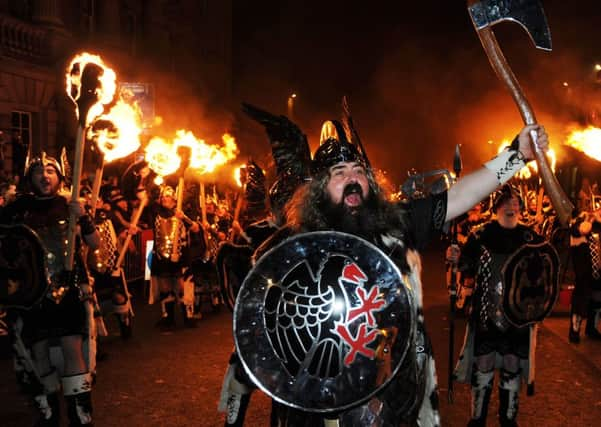Vikings were buried with board games on Orkney
This article contains affiliate links. We may earn a small commission on items purchased through this article, but that does not affect our editorial judgement.


The Orkney islands were under Norwegian rule until the 15th century, acting as a foothold for Viking raids on mainland Britain.
The islands remain littered with archaeological evidence of the feared Norse warriors including at least two burial sites where board games were included alongside bodies.
Advertisement
Hide AdAdvertisement
Hide AdNow a Scots academic has revealed that they were included in a bid to commemorate the warrior skill of the deceased and to provide them with entertainment in the afterlife.
Mark Hall, of Perth Museum, has published a new piece of research on “Viking board game burials” across Northern Europe.
Two of the 36 known board game burials which he discusses are Orkney Viking burials - on the islands of Rousay and Sanday.
The 9th century Rousay site contained one male, buried alongside 25 board game pieces made from bone and one die.
On Sanday a burial from around the same time contains one adult male, as well as a young boy and an elderly women.
The group were laid to rest in a boat, along with 22 whalebone playing pieces.
Explaining the reason they were included, he writes: “Thus equipping the deceased in burial would have seen them provided for in afterlife both as an act of remembrance and to make sure the dead were not lacking in anything, ensuring that they would move on and not — disturbingly — be drawn back to the living world.”
Advertisement
Hide AdAdvertisement
Hide AdAs an act of remembrance, he explains that the strategy and skill of board games was closely linked to the warrior status of the dead.
He goes on: “Placing the gaming kit in the grave served to remember or commemorate that status and skill and to make it available for the deceased in the afterlife.”
The games also acted as “provisions” for the challenge of the journey into the afterlife.
He writes: “Just as in life, where success on the gaming board — which needed strategic thinking as well as fighting ability — could be seen to confirm and add to the status of an
accomplished warrior, in death the inclusion of a board game signalled ability and success as a warrior and by implication preparedness for the challenge ahead.”
According to Hall the playing pieces were used in various games, including a Norse game called hnefatafl.
The game similar to chess - with a king piece in the centre, surrounded by defenders, which must make it to the edge of the board before the other team destroys him.
The dice, he says, were probably linked to an early ancestor of the game of backgammon, tabulal alea.
DOWNLOAD THE SCOTSMAN APP ON ITUNES OR GOOGLE PLAY